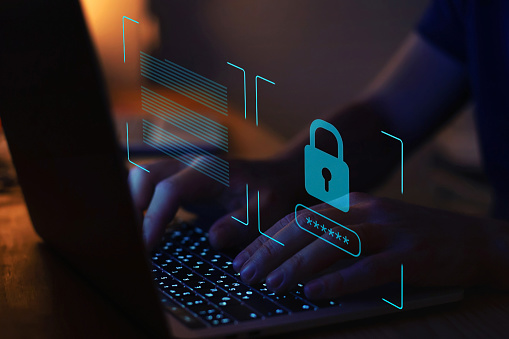The coronavirus has an impact on every sector like health, technology, and economy. IoT or the Internet of Things is no exception here. Coronavirus has brought new security issues in 2021. More activities are being done remotely, digitally, and in a more connected way.
As a result of this, many of the threats also became prevalent. Many of these threats related to IoT have only widened the surface area of attacks. In addition to this, those threats also moved from centralized locations to the very edge of the network.
Table of Contents
Toggle7 Ways IoT Is Changing Cybersecurity Practices In 2021
As per the experts, IoT is changing cybersecurity practices in 2021. So, here, in this article, we will get to know about the 7 ways IoT is changing cybersecurity practices. So, let’s get started with recommended reading.
Remote Work And Other Edge USed Cases
In 2020, as the workers have to stay home and work from there, users’ home devices and networks have become major attack vectors. IDC is predicting that by the year 2022, over 40% of cloud deployment of enterprises will indulge in edge computing.
As a result of this increase, vulnerability will come with proliferation. With social distancing, digital health has become more prevalent, and this is one of the other emerging vulnerabilities.
New IoT Cybersecurity Act legislation
To date, the Internet of Things or IoT has suffered from fragmentation along with a lack of harmony on common standards to which all the providers have to adhere. As a result of this, devices are now using some protocols that are not interoperable.
Due to the lack of updates and patching, they are often vulnerable. In order to prevent all these things, in December 2020, the IoT Cybersecurity Improvement Act was signed into law. Experts say that this act will tighten security.
Increasing Attacks On Mission-critical Infrastructure
As a result of Covid-19, the remote work has amplified all those cybersecurity vulnerabilities to critical infrastructure as well. Specifically, when the operations become more remote, it might increase all those breach opportunities.
And it is because, most of the time, the works do not have proper security built up in connected devices and networks. And this will also keep increasing. Any time malicious objects can create chaos and disruption in society, the cybercriminals will use this to their advantage.
Ransomware Attacks
Ransomware attacks are pretty much common when it comes to the Internet of Things or IoT. Reports also state that in the quarter of 2020, a 50% increase in the daily average number of ransomware attacks has been seen compared with the forest half of the same year.
At the same time, disruptions to any OT systems could be far more dangerous than those that are a result of ransomware attacks. So, without any doubt, cybersecurity needs to be implemented for the protection from the same.
Increasing Standardization
The number of entrepreneurs who rely on digitalization, virtualization, and the cloud of assets is increasing. And that is because it is more efficient and also cost-competitive at the same time.
For businesses, standardization is really good because it lets companies scale up all products in less time, and incorporating more easily also enables back-end systems. It is more exposed to cyberattacks as the systems are built on common building blocks.
Also Read: How to work safely on scaffolding?
IT-OT Convergence
Information technology or IT includes data and applications; on the other hand, Operational technology or OT the particular equipment, which gathers information. And when it comes to IoT, it is a part of both the OT operations and IT data.
During the time of the pandemic, most companies have limited their workers. As a result of this, OT and IT necessarily moved closer. And as we know, OT systems are more vulnerable. So, it is also affecting IT systems.
AI In Cybersecurity
Companies are turning to Ai for better identifying and addressing cybersecurity threats. And the number is increasing. This same AI also can be used for the ill. Malicious actors might try to identify the AI-driven threshold of any company.
And this way their job will be a little easier. Due to all these things, IoT is changing cybersecurity practices. And it is mandatory for survival.
Shashi Teja
Related posts
Hot Topics
How Online Math Tutors help 7th Graders clear their Exams
Middle school is a transformative time for students, especially when it comes to mathematics. Seventh grade specifically marks a critical…
Understanding TruthFinder’s Background Check Features
Background checks have become increasingly relevant for personal safety and information gathering in digital environments. TruthFinder offers comprehensive background check…



